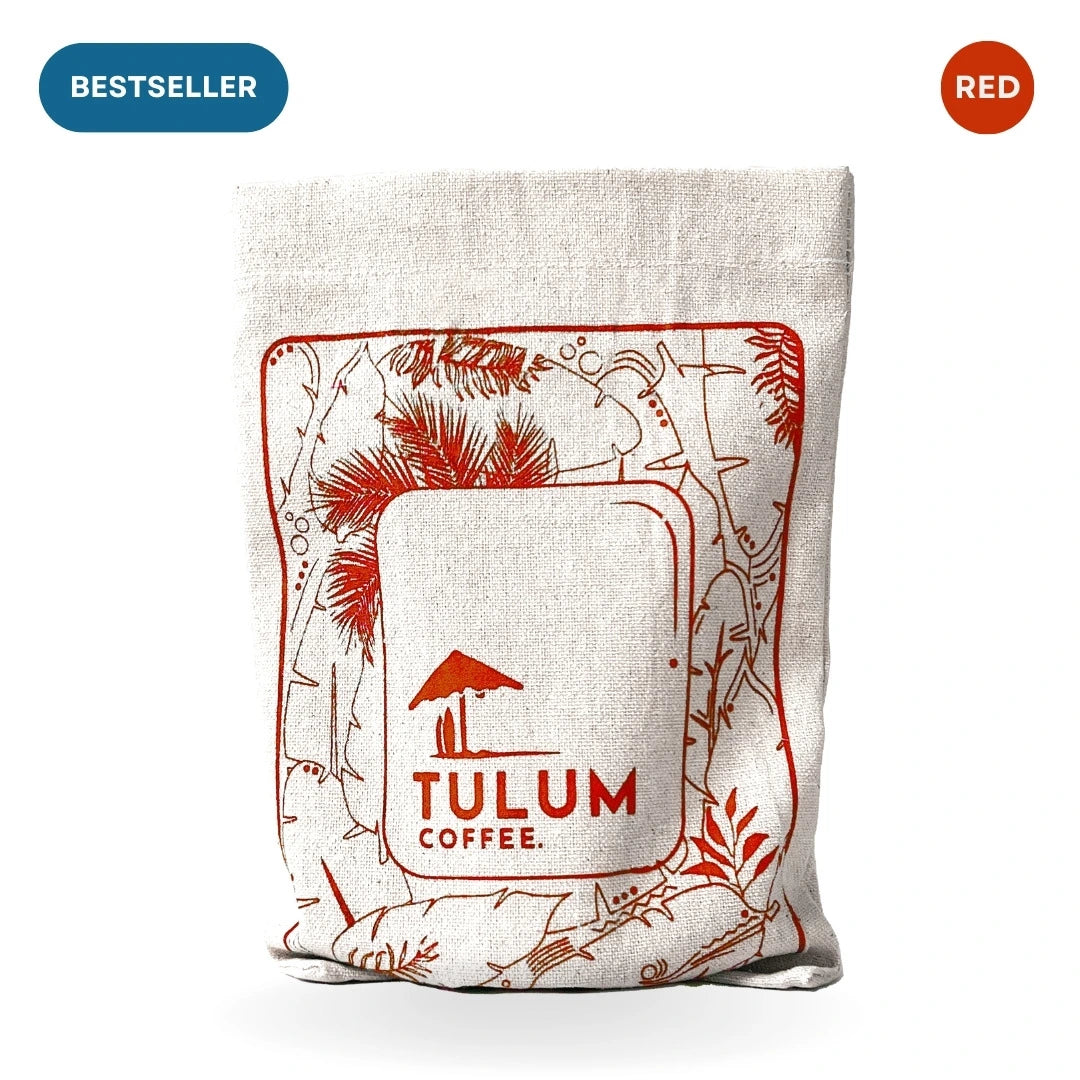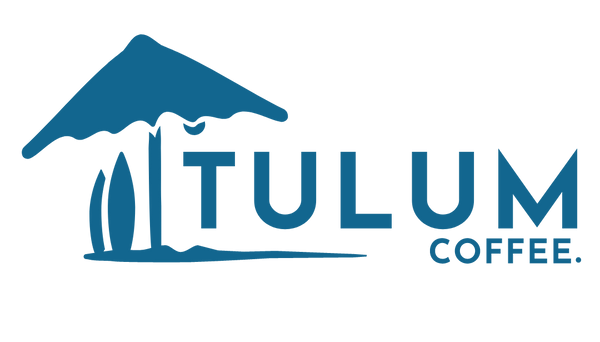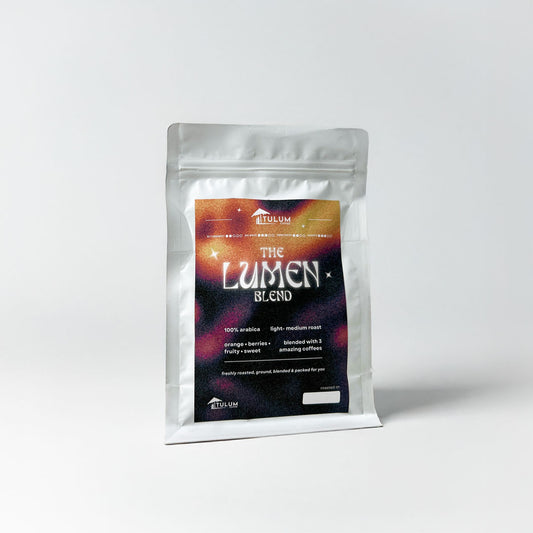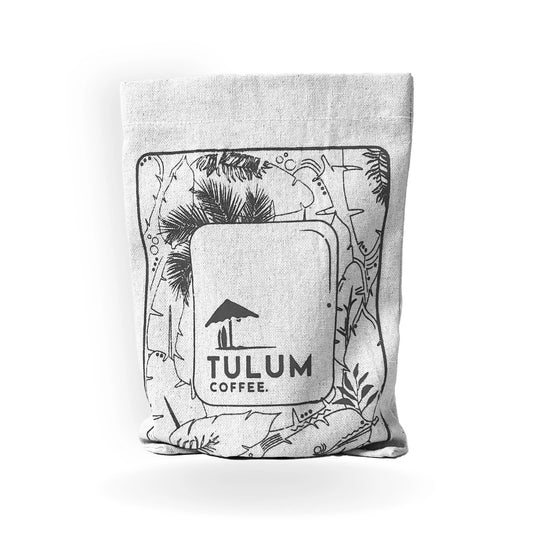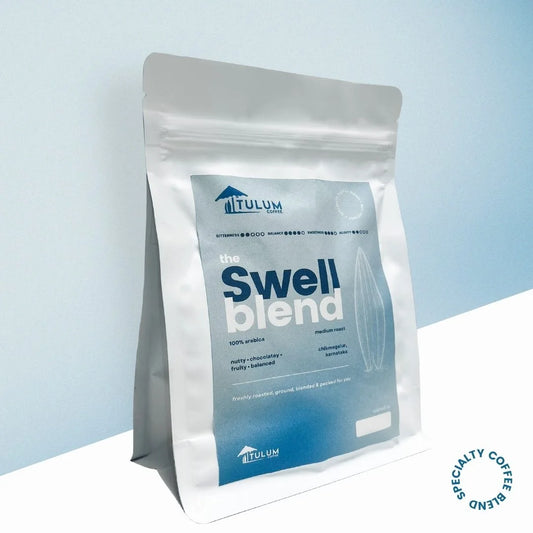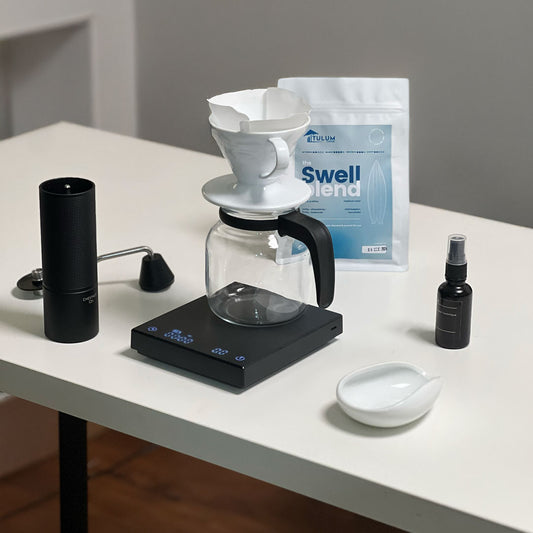
The Outer skin
It is the layer covering the entire cherry. It changes in colour from green, to orange, to red as it starts maturing and ripening.
The Pulp
This is also called as the mucilage. It is the ''flesh'' of the cherry and gives the sweetness flavour to the coffee. During the honey process method, at the drying stage, the leave this mucilage with the bean, which gives the coffee a natural sweet note.
The Pectin layer
It is the protective layer of the coffee bean and is made up of cellulose.
Parchment
It is a thick, 3 to 7 layered protective shell covering the bean.
Silver Skin
The botanical name for this layer is ''Spermoderm'', but in general is called the silver skin. It is a thin transparent layer, blanketing the coffee seeds.
Bean
Finally, you find the actual Coffee Bean which we drink.
Natural compounds in coffee
Let's dwell a little more into the science of coffee.
- Carbohydrates- Coffee contains 50% carbohydrates, which include the soluble sugars- glucose, sucrose and fructose.
- Amino Acids- are the protein supplier in the coffee bean just like in humans. The bean contains three amino acids including- Glycine, Glutamic acid, and Aspartic acid.
- Fibre- Coffee contains dietary fibres which help us digest, and keep control of our cholesterol.
- Minerals- there are various different minerals in the coffee, including- Magnesium, Phosphorus, potassium, Vitamin B-6, Zinc, Calcium, and others.
- Caffeine- Caffeine is the active compound in the coffee we brew. It is a naturally occurring stimulant. It is the caffeine in the coffee that helps one to stay awake and alert. But caffeine can affect different people in different ways, depending on their gender, size, age, and coffee drinking habits. The amount of caffeine in coffee depends on bean size and weight. The picture on the right is the caffeine compound.
Hope you learnt something out of this! Maybe for your school or a biology project! Or just for that curious head of yours!
Let us know if you would like to learn about something else as well that is not in one of our articles.
